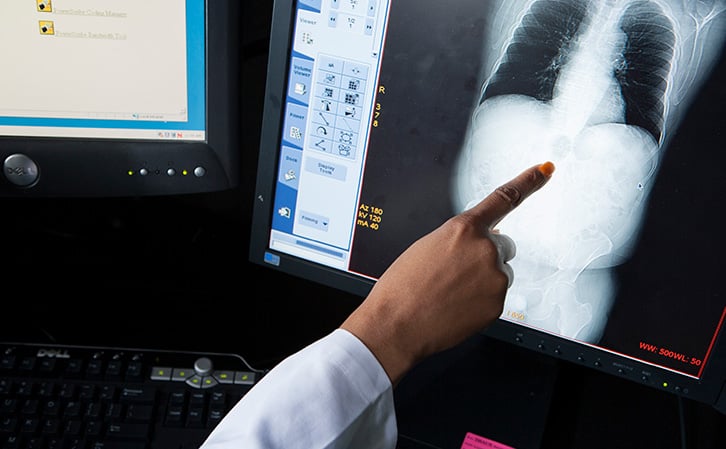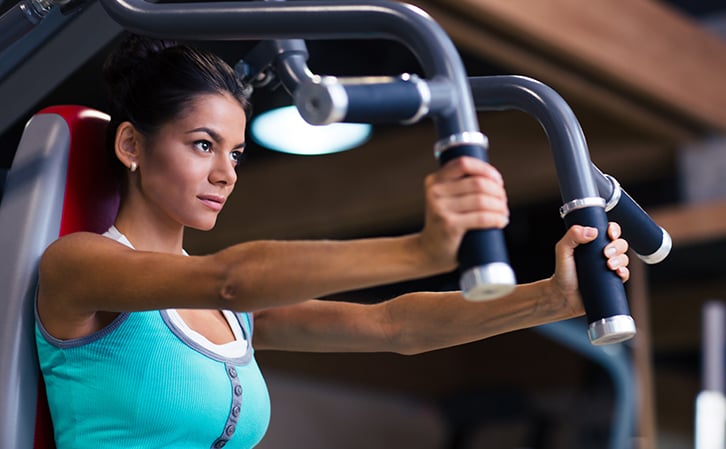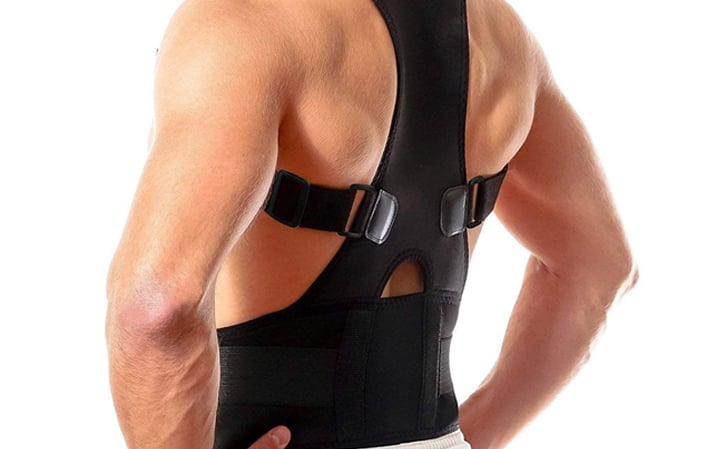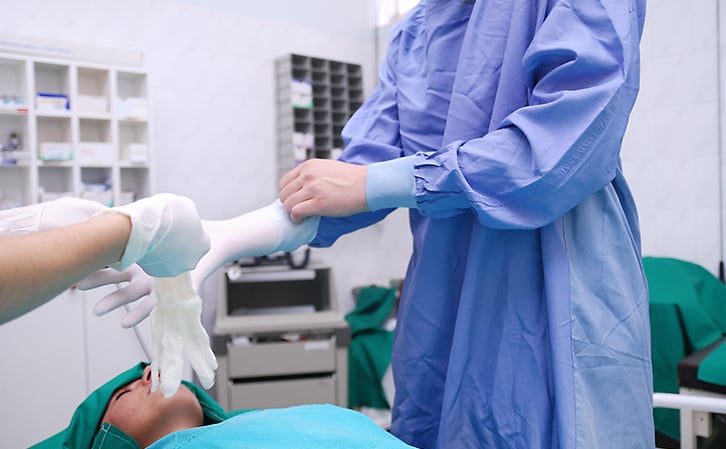Spinal Cord Injury & Scoliosis 101
Thanks to school screening as children, we are all aware of the dangers of the curvature of the spine, also known as scoliosis. After a spinal cord injury, however, the possibility of scoliosis is more profound. With most of the SCI population experiencing scoliosis, scoliosis is a secondary side-effect of paralysis that everyone with SCI should know about.
While scoliosis does not usually require immediate medical attention or endanger one's life, it can greatly impede the quality of life due to immobility difficulties, pain and fatigue. After a spinal cord injury, one must be keenly aware of scoliosis. Most people with a spinal cord injury experience some paralysis of their torso muscles, which leads to difficulty in holding the backbone in its natural position.
Many people with spinal cord injuries have bad posture because of this, which leads to scoliosis as the years' progress. This, however, does not to be inevitable. Scoliosis can be prevented after an SCI. And if you do get scoliosis, there are many options available to treat it. Here are the options available for people with paralysis to prevent, maintain and correct scoliosis.
Annual X-Rays

It is important to get annual X-rays of your back to monitor any curves that may be forming. You'll want to find an orthopedic surgeon familiar with scoliosis, or a rehab medicine doctor who can monitor your scoliosis, and make sure that it isn’t getting worse. The main goal is to ensure that no scoliosis occurs, but if it does, you'll want a doctor who can monitor the curvature and to make sure it is not endangering any important organs, such as your lungs.
Stay Active

Moving as much as possible if you have movement in your upper body can help a lot in preventing scoliosis post-injury. It is also important to do a daily range of motion exercises to keep your back in the natural position as often as possible.
Maintain a Healthy Weight

Eating healthy and maintaining a healthy weight post-injury can go a long way in preventing and maintaining scoliosis. Eating healthy can minimize the symptoms of scoliosis as well. Also, making sure you're getting enough Vitamin D, can also make a huge difference in preventing osteoporosis, which can lead to scoliosis. To monitor osteoporosis, annual DEXA scans are also suggested. Talk to your doctor about getting one.
Stretch Your Back

Keeping your back long and limber can make a huge impact when it comes to preventing and minimizing the effects of scoliosis. Muscle memory is a real thing and is still something you can tap into. By stretching your back daily, this will force your back into its natural position. Massage of the curve and muscles affected can also help if done regularly.
Bracing

While braces are used in adolescents in children with SCI who have scoliosis, they're not as often used in adults with SCI who have scoliosis. They can dig in and cause skin issues, however, they are sometimes used if an adult with scoliosis has a flare-up or painful curvature. Generally, doctors are worried that if you use braces as an adult, it will decondition core musculature, which only makes the symptoms of scoliosis more profound.
Surgery

If the curvature gets past 40°and there are signs it’s getting worse, spinal fusion is recommended in adults with spinal cord injuries. Doctors are now able to fuse small segments of vertebrae to stop the curvature in certain areas of the back, however, this does lead to some immobilization.
Do not let yourself forget about the possibility of scoliosis after sustaining an SCI. It is common to get wrapped up in life post-injury, not realizing that scoliosis is slowly occurring as the years' pass. Look into a custom backrest to help as well.
Stay Updated on Advancements On Traumatic Brain &
Spinal Cord Injuries
About the Author





